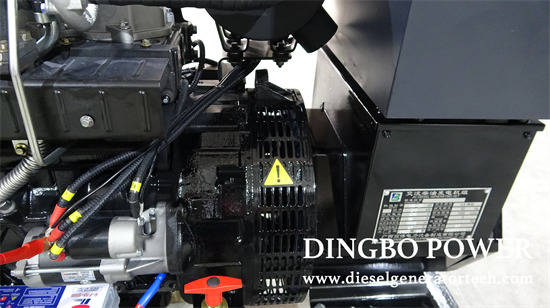As a reactive power compensation device for improving power quality, it has been used to effectively suppress voltage fluctuations and flicker, reduce harmonics and distortion, eliminate three-phase imbalance, make the amplitude and waveform of voltage meet requirements, and improve power factor. Static VAR compensator (SVC) is a relatively advanced and practical reactive power compensation device, which has been widely used in the power system. Static var generator (SVG) is the latest type of reactive power compensation device, which can dynamically follow the load.

The current of the reactor is controlled by a thyristor valve group. By adjusting the triggering phase angle of the thyristor, the effective value of the current flowing through the reactor can be changed, ensuring that the reactive power of the SVC at the grid connection point can precisely stabilize the voltage at that point within the specified range, playing a role in grid reactive power compensation. SVG is based on a high-power voltage source inverter as its core. By adjusting the amplitude and phase of the inverter's output voltage, or directly controlling the amplitude and phase of the AC side current, it quickly absorbs or emits the required reactive power, achieving the goal of quickly and dynamically adjusting reactive power.
The response speed of the generator is fast. Generally, the response speed of SVC is 2040ms. The response speed of SVG is not greater than 5ms, which can better suppress voltage fluctuations and flicker. Under the same compensation capacity, SVG has the best compensation effect for voltage fluctuations and flicker. The low voltage characteristics of generator leasing are good. SVG has the characteristics of a current source, and the output capacity is little affected by the bus voltage. This advantage gives SVG great advantages when used for voltage control. The lower the system voltage, the more dynamic reactive power regulation voltage is needed. SVG has good low voltage characteristics, and the output reactive current is not related to the system voltage. It can be regarded as a controllable and constant current source. When the system voltage is reduced, it can still output the rated reactive current and has strong overload capacity.
Guangxi Dingbo Power Equipment Manufacturing Co.,Ltd was founded in 1974 and is one of the earliest manufacturers of generators and diesel generator sets in China. The company has a registered capital of 218.88 million yuan. The company covers an area of 86,000 square meters and a building area of 55,000 square meters. There are more than 660 employees, including 456 professional technicians and 106 senior technicians. It has 46 sales and service outlets nationwide. The main products are diesel engines, generator sets, and diesel generators, providing users with a one-stop service of design, supply, debugging and maintenance at any time. Dingbo has always insisted on using first-class talents, building first-class enterprises, manufacturing first-class products, creating first-class services, and making every effort to build a first-class domestic enterprise. If any question please feel free to visit our website https://www.dieselgeneratortech.com/ or send email to sales@dieselgeneratortech.com.
Comments
Post a Comment